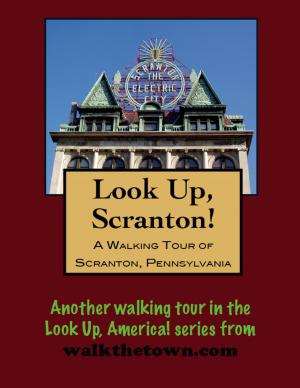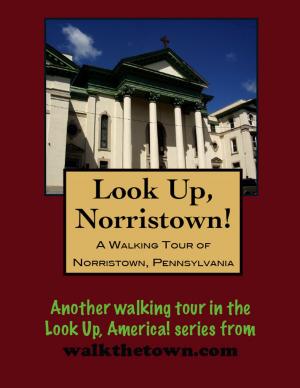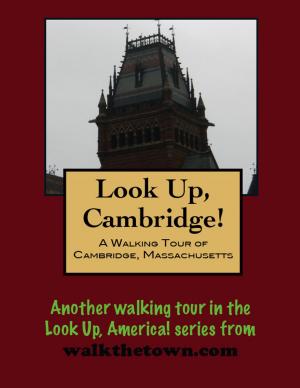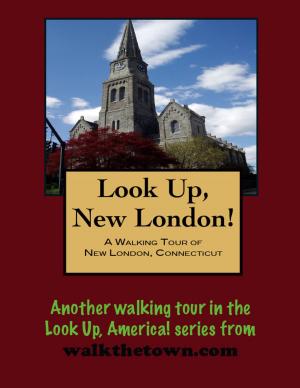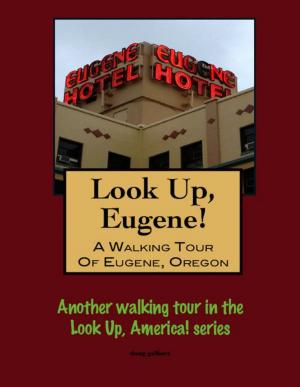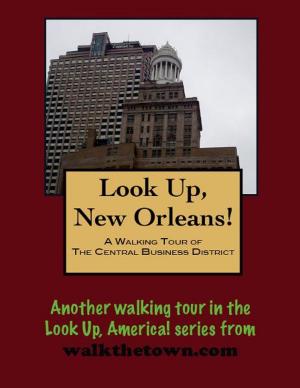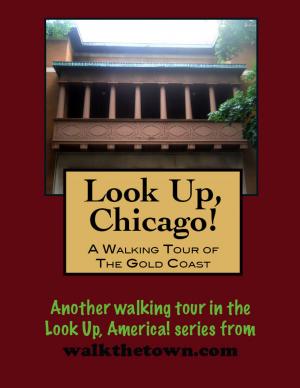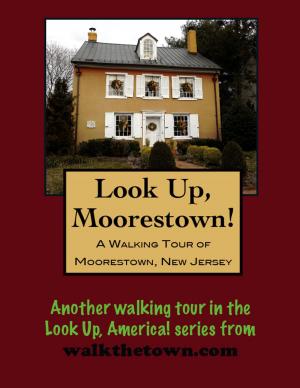| Author: | Doug Gelbert | ISBN: | 9781458021472 |
| Publisher: | Doug Gelbert | Publication: | January 30, 2011 |
| Imprint: | Smashwords Edition | Language: | English |
| Author: | Doug Gelbert |
| ISBN: | 9781458021472 |
| Publisher: | Doug Gelbert |
| Publication: | January 30, 2011 |
| Imprint: | Smashwords Edition |
| Language: | English |
There is no better way to see America than on foot. And there is no better way to appreciate what you are looking at than with a walking tour. Whether you are preparing for a road trip or just out to look at your own town in a new way, a downloadable walking tou is ready to explore when you are.
Each walking tour describes historical and architectural landmarks and provides pictures to help out when those pesky street addresses are missing. Every tour also includes a quick primer on identifying architectural styles seen on American streets.
Phoenixville has the largest registered historic district in Chester County. Many homes have been maintained and improved and are shown here in current photos below. Many stores have retained their Victorian facades.
One of the first Europeans to arrive in what would become Phoenixville was attorney Charles Pickering who sailed to America with colony foudner William Penn. While Penn sought religious freedom for his fellow Quakers, Pickering sought financial opportunity in “Penn’s Woods.” He obtained a large tract of land aroudn the creek that now bears his name and began silver mining operations. However his silver ore was found to be worthless by inspectors in back in England. Pickering’s financial affairs spiraled downward and he was eventually imprisoned for counterfeiting.
A few years later, a man named Moses Coates and his friend James Starr purchased a strip of land along the French Creek within the present boundaries of the borough. The entire 1000 acres of forest had been deeded to a Chester County political figure named David Lloyd, who called it the “Manavon Tract” after his birthplace in Great Britain. Starr cleared his portion of the land for agriculture and built a grist mill around which a little village grew.
After the Revolutionary War a small mill was built to make nails. It was to be the precursor of Phoenix Steel. The town was renamed Phoenixville, because the Foundry’s molten metal reminded the Manager of the foundry of the fabled bird, the Phoenix, which died and rose from its ashes.
During the first half of the nineteenth century, the iron industry expanded enormously, fostering a rapid increase in Phoenixville’s population. Despite periodic flooding, rendering the necessity for major rebuilding, the iron industry grew from a few small rolling and slitting mills at the end of the eighteenth century to several larger blast furnaces and finishing mills by the middle of the nineteenth century. With the completion of the Chester County Canal in 1828 and the Philadelphia and Reading Railroad in 1837, the iron industry gained easier access to raw materials and more efficient transportation of finished products. This led the industry to build more blast furnaces in Phoenixville. A cotton factory, no longer standing today, was constructed by Edward Garrigues in 1828. This cotton mill enhanced the villagers primary industry and brought a degree of industrial diversity to the town. After the mid-nineteenth century Phoenix Iron and Steel became the largest iron and steel producer in Chester County, and one of the largest in southeast Pennsylvania. By 1881 Phoenix Iron Company used 60,000 tons of ore annually in the blast furnaces to produce 30,000 tons of pig iron, and employed 1,500 men.
Our walking tour will start in Reeves Park, a greenspace donated by David Reeves, founder and president of the Phoenix Iron Works, the economic engine that drove Phoenixville through its development years...
There is no better way to see America than on foot. And there is no better way to appreciate what you are looking at than with a walking tour. Whether you are preparing for a road trip or just out to look at your own town in a new way, a downloadable walking tou is ready to explore when you are.
Each walking tour describes historical and architectural landmarks and provides pictures to help out when those pesky street addresses are missing. Every tour also includes a quick primer on identifying architectural styles seen on American streets.
Phoenixville has the largest registered historic district in Chester County. Many homes have been maintained and improved and are shown here in current photos below. Many stores have retained their Victorian facades.
One of the first Europeans to arrive in what would become Phoenixville was attorney Charles Pickering who sailed to America with colony foudner William Penn. While Penn sought religious freedom for his fellow Quakers, Pickering sought financial opportunity in “Penn’s Woods.” He obtained a large tract of land aroudn the creek that now bears his name and began silver mining operations. However his silver ore was found to be worthless by inspectors in back in England. Pickering’s financial affairs spiraled downward and he was eventually imprisoned for counterfeiting.
A few years later, a man named Moses Coates and his friend James Starr purchased a strip of land along the French Creek within the present boundaries of the borough. The entire 1000 acres of forest had been deeded to a Chester County political figure named David Lloyd, who called it the “Manavon Tract” after his birthplace in Great Britain. Starr cleared his portion of the land for agriculture and built a grist mill around which a little village grew.
After the Revolutionary War a small mill was built to make nails. It was to be the precursor of Phoenix Steel. The town was renamed Phoenixville, because the Foundry’s molten metal reminded the Manager of the foundry of the fabled bird, the Phoenix, which died and rose from its ashes.
During the first half of the nineteenth century, the iron industry expanded enormously, fostering a rapid increase in Phoenixville’s population. Despite periodic flooding, rendering the necessity for major rebuilding, the iron industry grew from a few small rolling and slitting mills at the end of the eighteenth century to several larger blast furnaces and finishing mills by the middle of the nineteenth century. With the completion of the Chester County Canal in 1828 and the Philadelphia and Reading Railroad in 1837, the iron industry gained easier access to raw materials and more efficient transportation of finished products. This led the industry to build more blast furnaces in Phoenixville. A cotton factory, no longer standing today, was constructed by Edward Garrigues in 1828. This cotton mill enhanced the villagers primary industry and brought a degree of industrial diversity to the town. After the mid-nineteenth century Phoenix Iron and Steel became the largest iron and steel producer in Chester County, and one of the largest in southeast Pennsylvania. By 1881 Phoenix Iron Company used 60,000 tons of ore annually in the blast furnaces to produce 30,000 tons of pig iron, and employed 1,500 men.
Our walking tour will start in Reeves Park, a greenspace donated by David Reeves, founder and president of the Phoenix Iron Works, the economic engine that drove Phoenixville through its development years...


